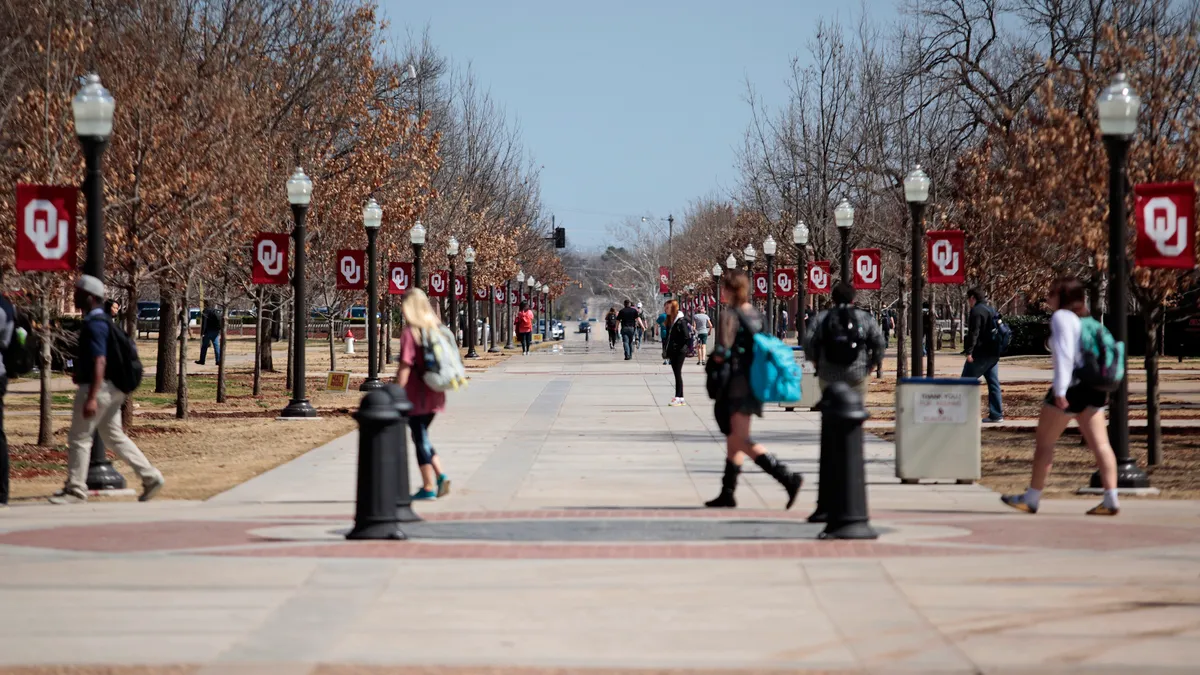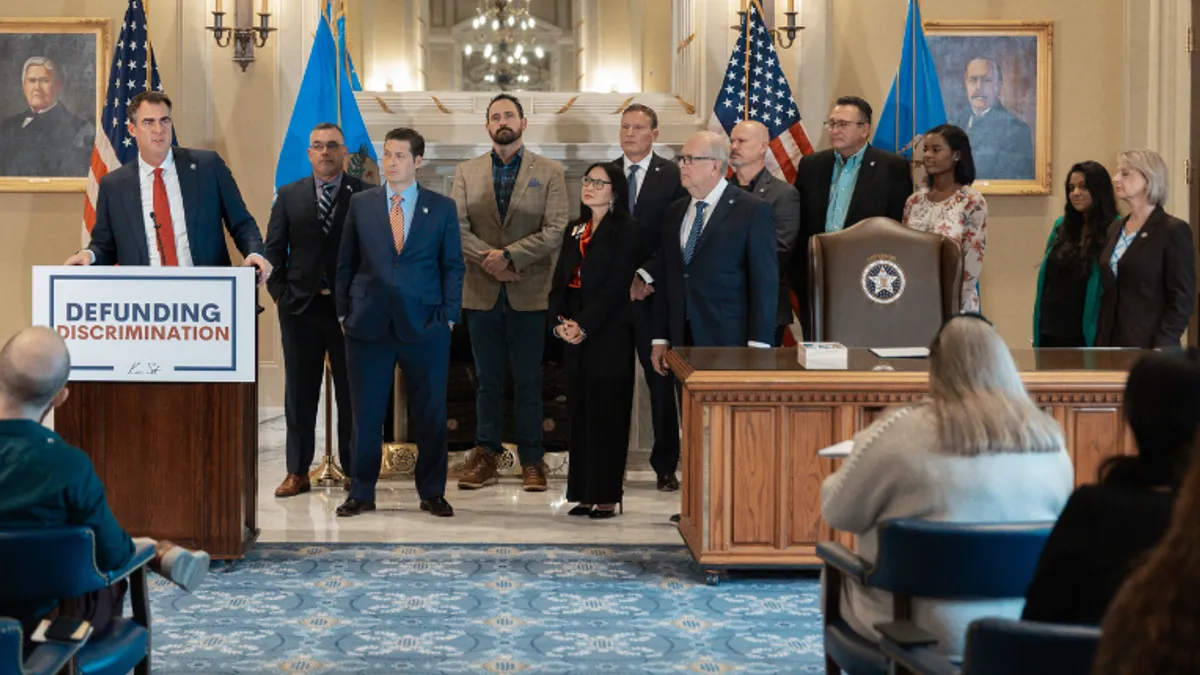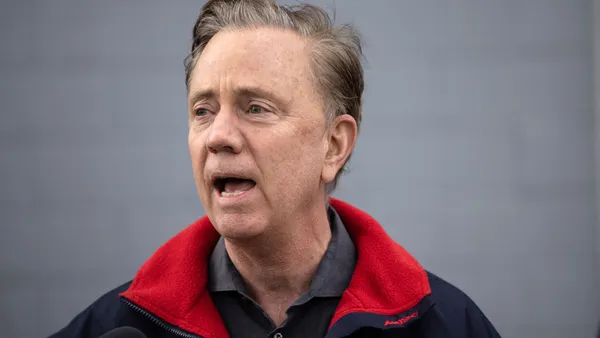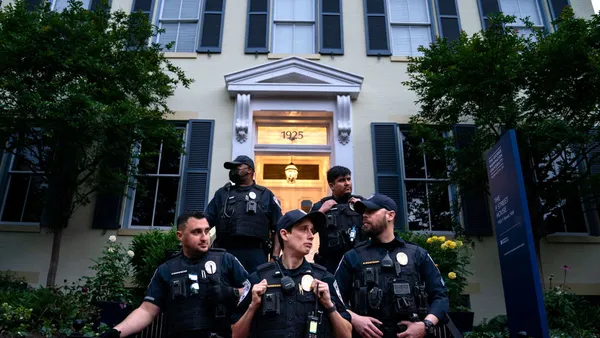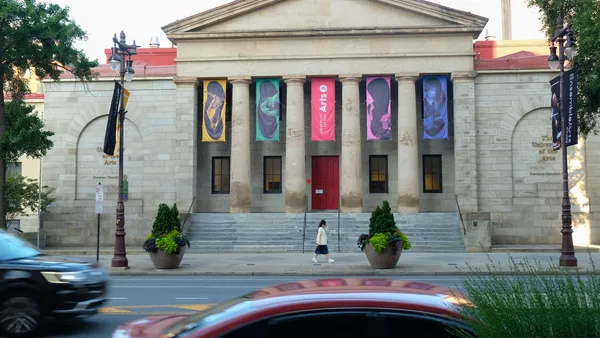It was mid-May, and American higher education was wrestling with how to design a fall term plagued by the coronavirus.
Nothing felt certain. But the California State University system had just made a decision that was.
Tim White, its chancellor, announced the system would remain almost exclusively online in the fall, making it the first major postsecondary entity to do so.
The decision would, as White described in an interview, turn heads. Cal State, with 23 campuses and more than 485,500 students, is one of the largest and most prominent systems in the country.
Now a couple of months into the academic year, it's obvious Cal State's strategy isn't perfect. Even with limited in-person operations and classes, the virus is present on campuses, and their safety protocols and testing regimens are somewhat inconsistent.
However, they are faring better than many other institutions. Cal State is notable because of its timing.
While other colleges hurriedly ordered hand sanitizer and sheets of plexiglass in an attempt to salvage some semblance of campus life, Cal State homed in on its goal: a robust virtual experience.
The early decision enabled it to direct its attention to training faculty in online instruction, while saving money on virus testing that would have otherwise been required to open. Around 17,000 faculty members across the campuses, some of whom were paid for their time, learned how to translate their teaching online this summer, White said.
And many of the colleges that spent months devising complex plans to reopen their campuses flipped back online shortly after the term started because of a rise in coronavirus cases.
That's not to say Cal State is being recognized simply because it kept campuses closed. Other prominent colleges, such as Johns Hopkins University, also chose to remain online before the fall term launched.
A focus on the facts
Money was a major influencer for many reopenings. After taking a financial beating in the spring, some colleges feared students would balk at more virtual learning and not enroll. But Cal State's fall enrollment did not dip, White said, and he believes that's partially because of the strength of its online programming. Student counts are down for many institutions nationwide, data shows, though public colleges have not suffered as deeply.
Several factors made the choice easier.
For one, the system enrolls mostly commuter students, which would have made containing the virus trickier, said Chris Marsicano, founding director of the College Crisis Initiative at Davidson College, which tracks institutional responses to the pandemic. But because of its large nonresidential population — only 12% of students live on campus — the system already had a significant number of online offerings.
Cal State's campuses are also spread over a broad swath of California, an overwhelmingly blue state. Colleges in Republican-led states tended to have more pressure to reopen.
And White is retiring at the end of the year, meaning he likely didn't fear repercussions for his career, Marsicano said.
Still, many in higher ed are lauding Cal State's approach.
"There was none of the hedging you see to try to accommodate institutional financial interests," said Kevin McClure, a higher education professor at the University of North Carolina Wilmington. "It seemed to put the focus on health and safety and sciences as best understood at the time."
Cal State's 'twin stars'
As he mapped out the fall, White, a life scientist, met with high-ranking administrators daily. He said he wanted to prioritize two objectives: students having access to their courses, and preserving their health. Those were the system's "twin stars," he said, and online learning lent best to them.
Not everyone was happy about virtual courses, White said. But the decision gave faculty a singular focus when other instructors across the country were wondering whether they'd be teaching in a classroom or from behind a computer screen.
It has benefited the state, too. When wildfires burned through California, a couple of Cal State campuses used their vacated dormitories to house firefighters on the front lines.
The system's moves leading up to the fall semester exemplify the best of public education, Marsicano said: prioritizing access to quality and affordable education, and using resources to help the community. The system also announced early this fall it would continue its classes mostly online for the spring.
"It's incredibly inspiring to see," Marsicano said. "I'm awestruck by their willingness to stand firm on this decision in a time of great divisive political issues."



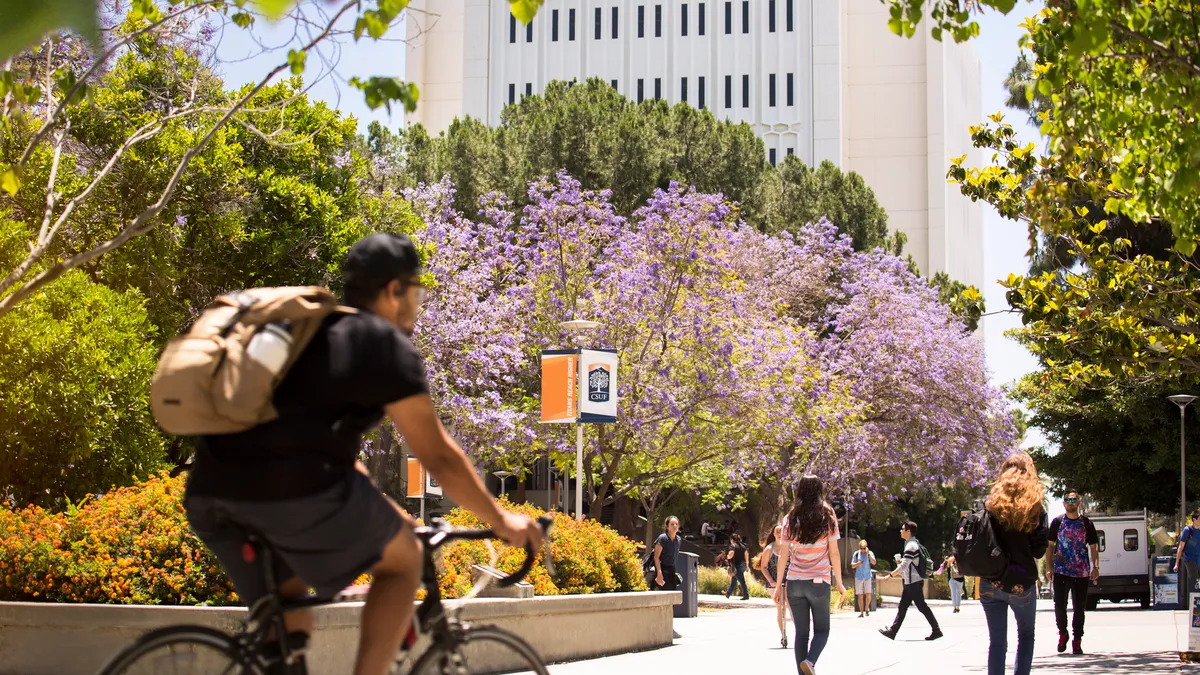
 Read more
Read more


